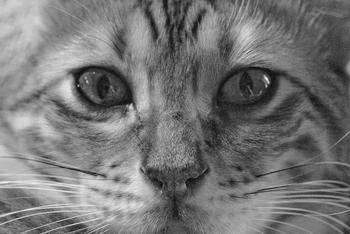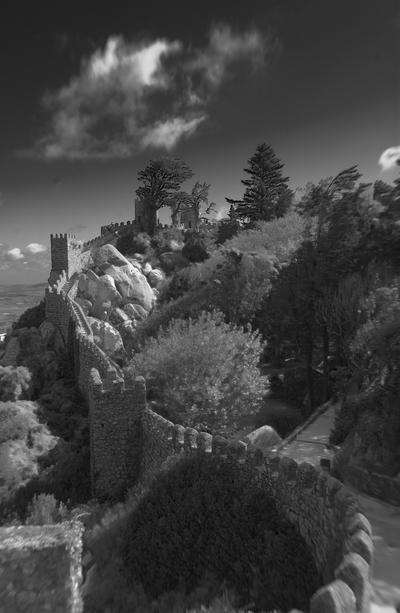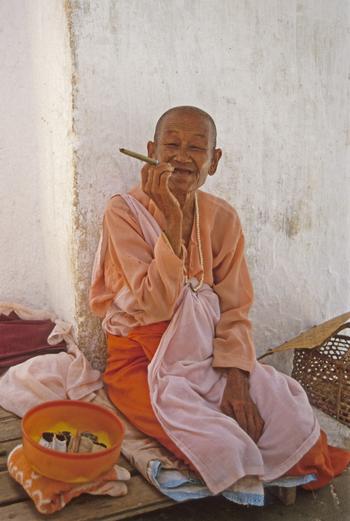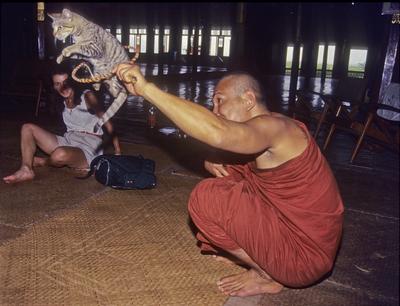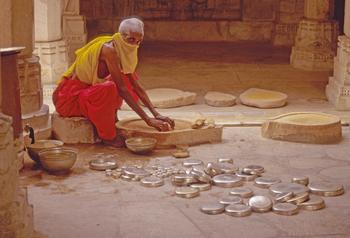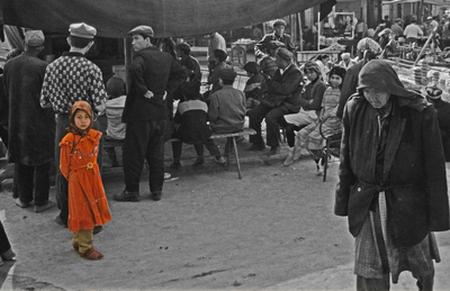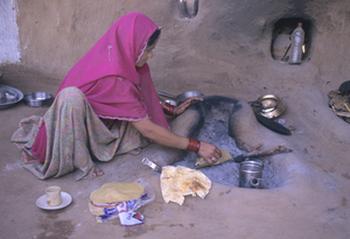Money: Or horses are like tomatoes (and cats are, too)
This blog is about money. It may be very short. Or long.
You see, money and I have a long and troubled relationship. Yes, I’m doing okay at the moment, but it hasn’t always been so good. I can recall winters of eating mostly potato soup, or venison the neighbors donated to me and my spouse. I still remember the night our ‘house’ almost burned down when the wood heater (we couldn’t afford a furnace) overheated. The house? A converted garage cum chicken coop (not kidding). So I’ve seen some good times and some bad and right now things are less bad than others so I’m doing the not-too-smart thing and running off travelling. I guess my mom didn’t teach me so good.
So what does this have to do with travel and writing? Because I’m planning out the money for my Peru trip a number of money rules have started reverberating in my mind. I thought I’d share some that relate to travel and writing.

My writing mentors, Dean Wesley Smith and Kristine Kathryn Rusch have some wonderful blogs about writers and money. One of their major rules that all writers should remember is that ALL MONEY FLOWS TO THE WRITER. What this means is that writers should not be paying faux publishing companies or shady agents to edit and revise the writer’s manuscript. True enough. Those scam artists who offer to publish your book if you only send them cash, are preying on new writers who don’t know that rule. But in this day of digital self-publishing a variation on the rule is, Money flows to the writer unless you are paying someone to edit your manuscript for self-publishing to ensure that you are publishing the highest quality possible. It might also mean that the writer who doesn’t want to learn how to make book covers, spends some money to have a creditable cover made for the book. Any writer prepared to do this needs to consider how long it is going to take to recoup the dollars spent, but also consider whether their time is better spent doing what they do best – namely writing.
All well and good, but unfortunately the rule with travel is that ALL MONEY FLOWS FROM THE TRAVELER. First there was the cost of the jacket I wrote about. Then there are new hiking boots (mine just died), and then there are the things like camera memory cards etc. Those are all the sundry costs before you go.
And then there is the cost of travel. As a relatively seasoned traveler, I like to plan for costs before I leave, because I don’t like depending on plastic when I’m overseas. First of all there’s the fact plastic runs up debt. Then there’s the fact that overseas use of credit and bank cards is more prone to problems. Picture this: In Delhi I went to my bank (an international that has branches almost everywhere) and plugged my bank card into their bank machine. Said machine eats card. On a Sunday. In the afternoon. Monday I call said bank and am told that said card had been reported stolen. I ended up spending almost 24 hours phoning my branch back home to get things sorted out.
Nope, cards are great backups, and cash may be good to get the best rate in exchange, but give me a good old traveler’s check any day. American Express or Thomas Cook are my best friends when I travel and are less tempting to thieves, as well.
But budgeting for travel can be a problem. I always plan for my expected costs and then double the amount , but even that has left me high and dry a couple of times. For instance in Cambodia, two years ago we budgeted about $2,000.00 for a bit over a month. I suppose that would have been fine, except inflation had hit Cambodia and everyone wanted everything paid in American dollars. Cash. I was never so happy to get back to Thailand where the costs seemed more manageable and we could use plastic because the time in Cambodia had eaten up the money faster than I’d figured. So rule three and four: ALWAYS EXPECT TO BE OVER BUDGET and ALWAYS HAVE A CONTINGENCY.
In the same vein, expect there to be times when travelling cheap is just too painful. I recall sitting in a grotty hotel room in a town in central China after a nightmare journey down the Yangtze River. My traveling companion and I were both close to tears and the thing that held us together was the fact that the next morning we knew we had the cash to lug our backpacks down the street to the nicest hotel in town (even with a swimming pool). When you travel YOU MUST BUDGET ENOUGH MONEY TO ALLOW YOURSELF TO RECOVER. Travel is hard. Backpacker travelling is even harder and if you don’t build in a comfort buffer you will find yourself hating your trip and travel. That’s not what it’s all about.
My last rule comes to me from a previous spouse who might have never travelled but he was wise in common sense and the way of horses. He was an old cowboy and superb horseman and he told me that horses are like tomatoes: they are just as perishable and just as easily ruined. Hard to believe, I know, but a 1,500 lb equine is so darned prone to injury and illness that they can go from magnificent dressage horse to fox feed in next to no time. Illustration: A very good hunter jumper mare cast herself upside down in a ditch on my property. We got her out, but the poor thing was exhausted. Did she just stay down until she regained strength? Oh no. She fought to get to her feet – so hard she broke her leg. So I learned the hard way to insure my horses and now, believe it or not, I have medical insurance for my cats, too. It has paid off, because Big Ben has already had far too many misadventures like shattering a toe in his carry cage.
Humans are no different. So the last thing a traveler wants to do is be caught somewhere having to shell out big bucks to cover medical costs. My parents had a lovely trip to Palm Springs end on an unfortunate note when my mom had heart troubles and ended up hospitalized. On my trip along the Silk Road an acquaintance on the bus behind ours had his arm shattered when his bus went off the road. Thus my last rule of travel is ALWAYS TRAVEL WITH MEDICAL INSURANCE. Let me leave you with my litany of past injuries and illnesses as illustration:
• Tropical ulcers in East Africa that required medical attention and frequent debriding (something you do not want to go through) and antibiotic shots for months.
• Food poisoning in West Africa that required my hotel staff to bundle me up and get me on a plane out.
• Food poisoning in Burma that (thankfully) required nothing (except a very rapid-fire rejection of the food).
• Two sprained ankles in China that made the next month and a half a nightmare ride.
• Walking pneumonia in India.
I hate to think what it would have cost if I something REALLY bad had occurred.
I guess I’d better be careful hiking the Peruvian mountains.

